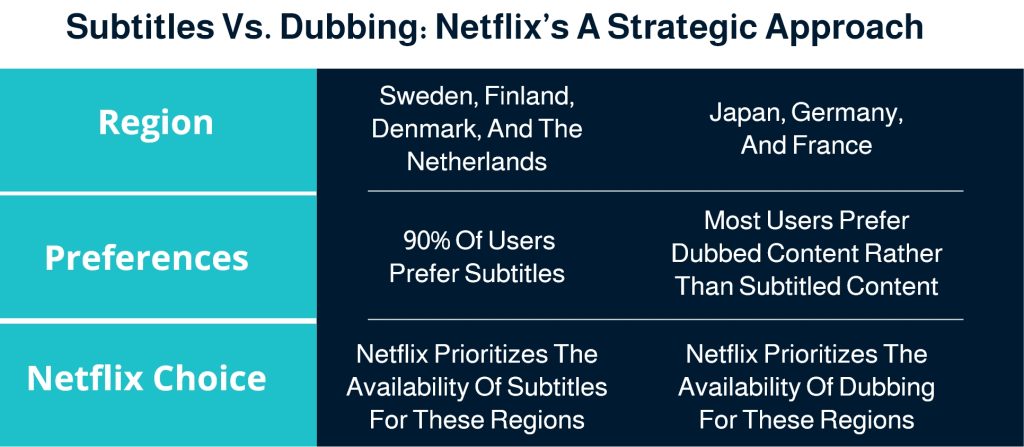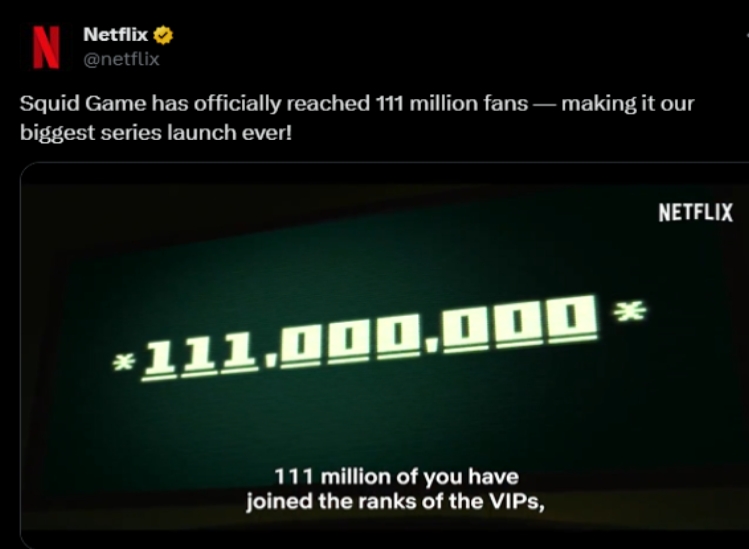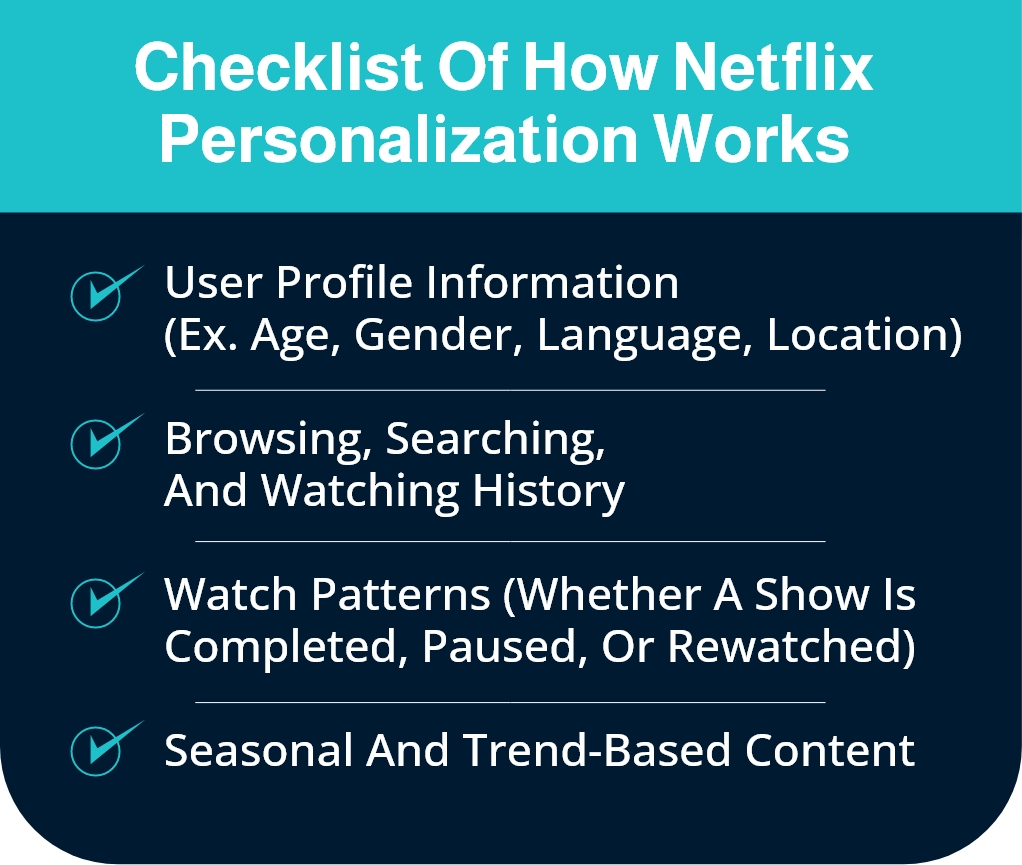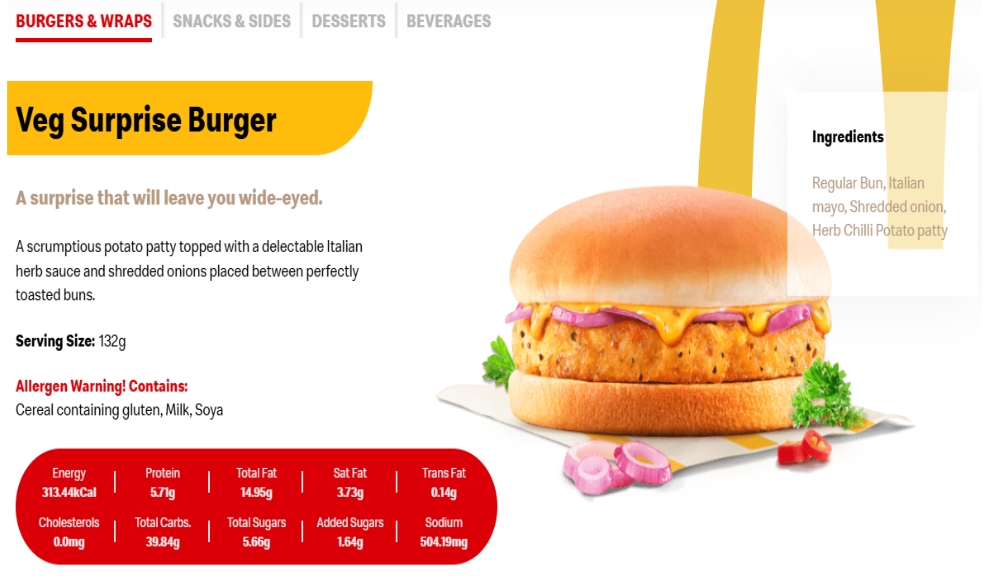Localization Examples: 3 Brands Winning Global Markets with Tailored Experiences
Have you ever wondered how global brands like Coca-Cola, McDonald’s, and Starbucks have become such huge successes in diverse markets around the world? Most probably their effective localization strategies have played a crucial role in that. Localization is now a must for businesses looking to expand their reach and connect with local audiences, more than ever before.
Today, customers’ expectations are getting higher and higher. According to a recent study by Common Sense Advisory, 76% of consumers are more likely to buy a product if the information is in their native language; if this reveals only one clear message, it is that your localization efforts can have a significant impact on your customers’ behaviors and purchasing decisions.
In this blog post, we’ll explore the importance of localization and share inspiring examples of businesses that have excelled in this area.
Let’s get started!
Table of Contents:
[/text]What is Localization & Why it Matters: Beyond Translation
Localization goes far beyond just simply translating words from one language to another. It’s about adapting your product or service to fit the cultural norms, expectations, regulations, and preferences of a specific region. This approach ensures that your offering feels natural, relevant, and welcoming to a new local audience.
Let’s say you’re offering a mobile app in a country where cash is still the primary payment method. If your payment options are limited to credit cards, you will miss out on a huge chunk of the market. Similarly, things like using the local currency or date style that locals are used to seeing are simple but important details in the overall user experience your app creates.
Localization ensures a smooth and positive user experience that resonates with your target audience. This not only enhances customer satisfaction but also fosters increased brand loyalty and drives sales.
To better understand the concept, let’s take a look at some global brands that have found success through localization. Keep reading to learn more!
Localization Examples: 3 Global Brands Doing it Right
Netflix
Netflix is a prime example of a global brand excelling in localization. The company invests significantly in high-quality translation and localization services to make its original content accessible and culturally relevant across its +200 markets.
Their approach includes:
Multilingual Subtitles and Dubbing
- Netflix provides multilingual subtitles and dubbing and prioritizes what best matches local preferences in target regions, allowing viewers to enjoy content in their native language and increasing engagement.
- This satisfies both subtitle preferences, like in Finland and Sweden where 90% of users go for subtitles, and dubbing preferences, like in Japan, Germany, and France,
Creating Original Content
- Netflix took its localization efforts to the next level by creating original content that reflects local cultures. As of 2020, Netflix has 1,767 active Netflix Originals, with 45% in non-English languages.
- Creating region-specific content shows such as “Squid Game,” a South Korean series underscores Netflix’s success in tapping into new regions and its ability to create content that resonates worldwide.
Personalized User Interfaces
- Netflix tailors its user interface to meet the preferences and behaviors of different regions, offering localized recommendations, navigation, and content categorization. Additionally, Netflix ensures that the user interface and customer support are available in the local language, creating a native-like viewing experience.
Marketing Efforts
- Netflix tailors its marketing campaign strategies to specific regions by collaborating with local influencers and creating country-specific social media campaigns. These efforts have successfully connected the brand with diverse audiences and boosted subscriber growth in different regions.
McDonald’s
McDonald’s has succeeded in its localization strategy by adapting its menu to local tastes and cultural preferences. In different countries, McDonald’s offers items that cater to different local cuisines and align with regional culinary preferences. Let’s explore some of them.
India
Recognizing the large vegetarian population, McDonald’s India offers several vegetarian options. Notable dishes include the McAloo Tikki Burger, a spiced potato patty burger, and the McSpicy Paneer, featuring a fried paneer cheese patty.
Japan
McDonald’s Japan features unique items like the Ebi Filet-O, a shrimp burger, appealing to local seafood preferences, and the Teriyaki McBurger, which incorporates the popular teriyaki sauce.
Middle East
In the Middle East, McDonald’s serves the McArabia, a sandwich made with grilled chicken or kofta patties wrapped in Arabic flatbread, tailored to local taste preferences.
These examples underscore McDonald’s strategic approach to localization, adapting its menu and tailoring content and its offerings to meet the diverse dietary habits and culinary preferences of its global customer base. This adaptability has been key to McDonald’s success in maintaining its relevance and popularity worldwide.
Airbnb
Airbnb gives another prime example of successful website and app localization. Their platform caters to a global audience, offering localized experiences in over 220 countries and regions. This goes beyond simply translating text into different languages.
- They offer Local Payment Gateways Integrating with regional payment systems like Alipay in China and Boleto Bancário in Brazil makes transactions seamless and convenient for users worldwide, ensuring accessibility for a global user base.
- Airbnb understands the importance of cultural nuances, especially for the traveling experience, and tailors its content accordingly, including even user-generated content (UGC). Believing in the importance of word of mouth and travel suggestions, Airbnb shares reviews and photos displayed in the user’s preferred language.
- Additionally, Airbnb incorporates local travel guides with recommendations and tips specific to each destination, allowing users to experience the destination like a local.

Implementing Your Localization Strategy: Turning Examples into Action
From Planning to Execution: Steps to Successful Localization
Define Your Target Markets:
Imagine showing up to a party in a different country – you might need to adjust your outfit or greetings to fit in.
Localization does the same for your product, ensuring it feels familiar to a new audience. To know all these details you have to conduct thorough market research to understand local languages, cultures, and preferences. So, you have to clearly define your target markets before penetrating them with a good localization strategy.
Develop a Localization Style Guide:
Developing a comprehensive localization style guide is a critical step in ensuring a consistent, high-quality, and culturally appropriate user experience across all target markets. It streamlines the localization process, reinforces brand identity, and helps businesses effectively communicate with global audiences while maintaining their unique voice and values.
Leverage Technology:
Tools like Translation Management Systems (TMS) are critical for efficient and high-quality localization. They centralize and automate tasks like project management, translation memory creation, and more, creating a collaborative platform for translators and managers.
This streamlines workflows reduces errors, and ensures consistency, ultimately accelerating translation and optimizing multilingual content production.
Test and Iterate:
Testing localized content with native speakers and gathering user feedback is essential for successfully localized experiences. Native speakers can Identify linguistic errors and unnatural phrasing and provide insights for continuous improvement.
By testing with diverse native speakers and incorporating their feedback, businesses can
- Refine translations for accuracy and fluency
- Avoid cultural missteps and build trust with local audiences
- Enhance usability and engagement
- Gain a competitive edge through high-quality localization
Choose the Right Localization Partner:
Working with a professional translation and localization company offers several key benefits. Localization partners have the linguistic, cultural, and technical knowledge and experience to ensure high-quality translations that resonate with target audiences. They can handle large, complex projects and support multiple languages efficiently using advanced technological tools.
Not only that, but professional partners have rigorous QA processes to guarantee accurate, culturally appropriate translations that meet industry standards. Choosing the right localization partner with the expertise, resources, and commitment to quality is crucial for successfully adapting content for international markets.
Turn Your Localization Strategy Into Action With Laoret’s Team
Ready to take your localization strategy to the next level? Laoret’s experienced team of linguistic, cultural, and technical experts is here to help. With our cutting-edge technology, proven processes, and dedication to quality, we’ll ensure your content resonates with audiences in every market you target.
From website and app localization to cultural adaptation, we offer a full range of services to help you succeed on the global stage. Contact us today to learn how we can customize a localization solution that meets your unique needs and exceeds your expectations.













